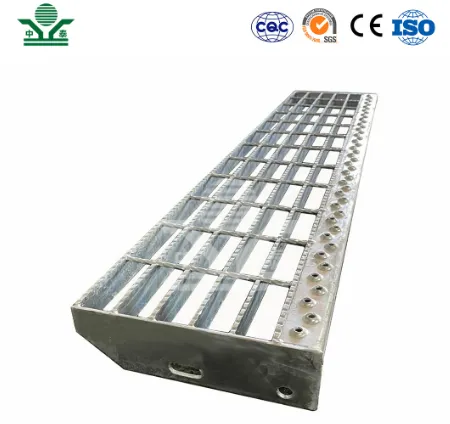The Significance of Airport Fences in Aviation Security
In the realm of aviation security, airport fences play a pivotal role in ensuring the safety and integrity of airports worldwide. As air traffic increases and global connectivity expands, the need for robust security measures becomes more pronounced, with airport fencing standing out as one of the first lines of defense against unauthorized access.
Airport fences serve multiple crucial purposes. First and foremost, they provide a physical barrier to deter unauthorized individuals from entering restricted airside areas. This is essential not only for the protection of passengers and airport staff but also for safeguarding aircraft and sensitive cargo. A well-constructed fence, typically made from high-tensile chain link or other durable materials, is designed to withstand attempts at trespassing, vandalism, or other unauthorized activities.
Moreover, airport fences are complemented by a variety of security technologies, such as surveillance cameras, motion sensors, and alarm systems. Together, these elements create a comprehensive security network that enhances the overall safety of the airport. The fence acts as an initial deterrent, while the technology provides real-time monitoring and alert capabilities, ensuring that any suspicious activity is promptly addressed by security personnel.
The design of airport fences has evolved over the years, keeping pace with advancements in security threats. For instance, modern airport fencing often incorporates features such as anti-climb designs, barbed wire extension, and electrification in high-security areas. These innovations are tailored to meet specific regulatory requirements and enhance the overall efficacy of the security system.
airport fence

Beyond physical security, airport fences also play a vital role in ensuring compliance with international regulations. Organizations such as the International Civil Aviation Organization (ICAO) set stringent guidelines for airport security, which include the implementation of effective perimeter security measures. By adhering to these standards, airports can not only enhance their safety protocols but also maintain their operational licenses and avoid potential penalties.
The importance of airport fences is further underscored by the increasing incidences of security breaches and threats in recent years. With the rise of terrorism and other malicious activities targeting transport hubs, airports have had to step up their defense mechanisms. The presence of a strong, well-monitored airport fence can significantly mitigate risks and instill a sense of safety among travelers and staff alike.
In addition to their functional aspects, airport fences also contribute to the broader perception of security within the aviation sector. Passengers arriving at an airport are often reassured by the sight of robust fencing and secure access points, which can enhance their overall travel experience. A visible commitment to safety and security is a vital aspect of airport operations, influencing public confidence and the reputation of the airline industry.
In conclusion, airport fences are an indispensable element of aviation security. They not only serve as a vital barrier against unauthorized access but also enhance the effectiveness of surveillance and monitoring systems. As the aviation landscape continues to evolve, the ongoing development and refinement of security measures, including airport fencing, will be essential to maintaining safety and public trust in air travel.
-
The Best Metal Mesh Solutions: Expanded Aluminum Metal vs. Expanded Stainless Steel Metal
NewsSep.10,2024
-
Round Perforated Sheets vs. Hexagonal Perforated Sheets vs. Embossed Perforated Sheet Metal
NewsSep.10,2024
-
Perforated Metal Sheets
NewsSep.10,2024
-
Experience The Excellence Of Stainless Steel Grating
NewsSep.10,2024
-
Discover the Versatility Of Metal Mesh Expanded Forming Machines
NewsSep.10,2024
-
Discover The Advantages Of Steel Grating For Sale
NewsSep.10,2024
Subscribe now!
Stay up to date with the latest on Fry Steeland industry news.

